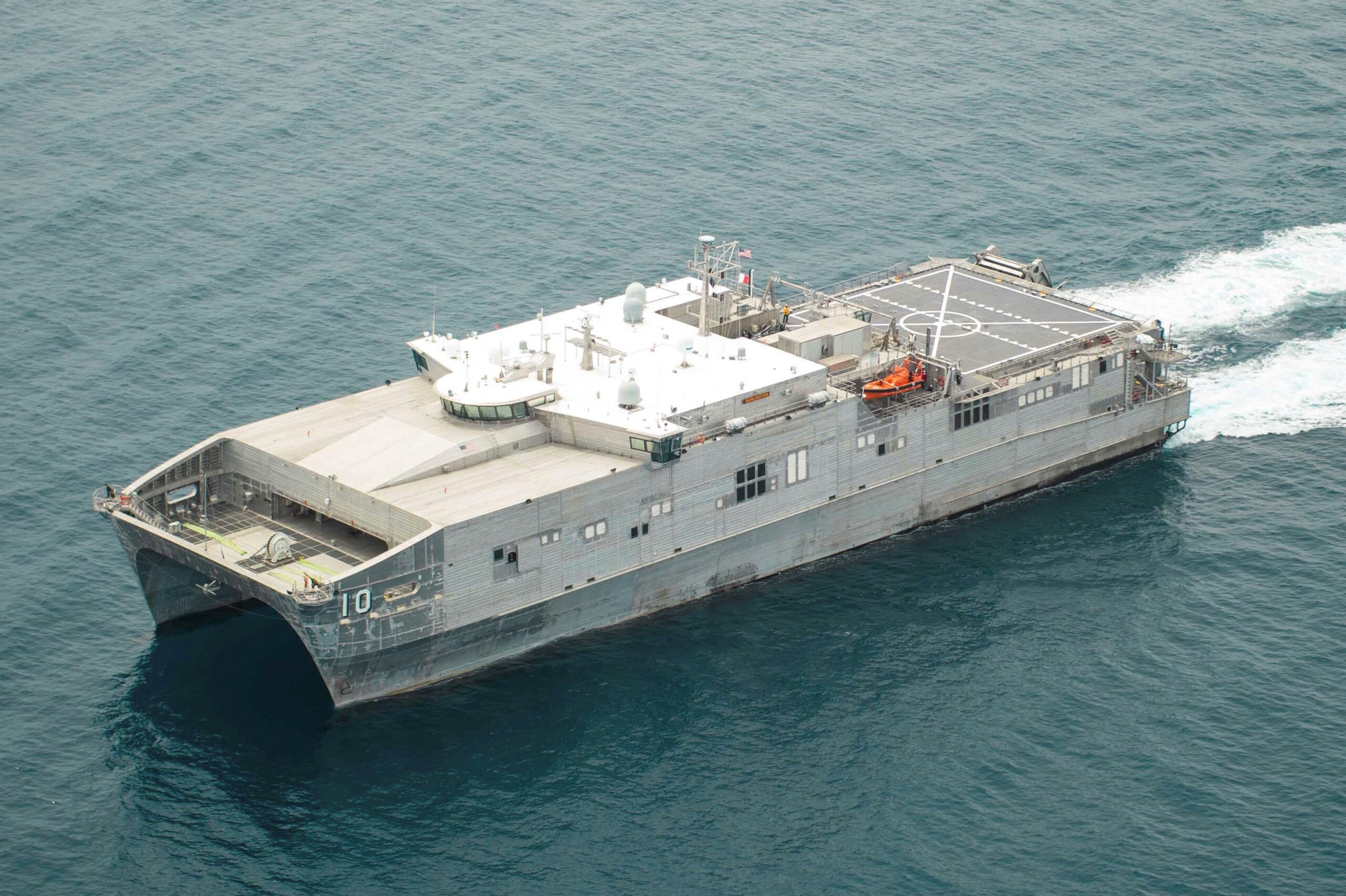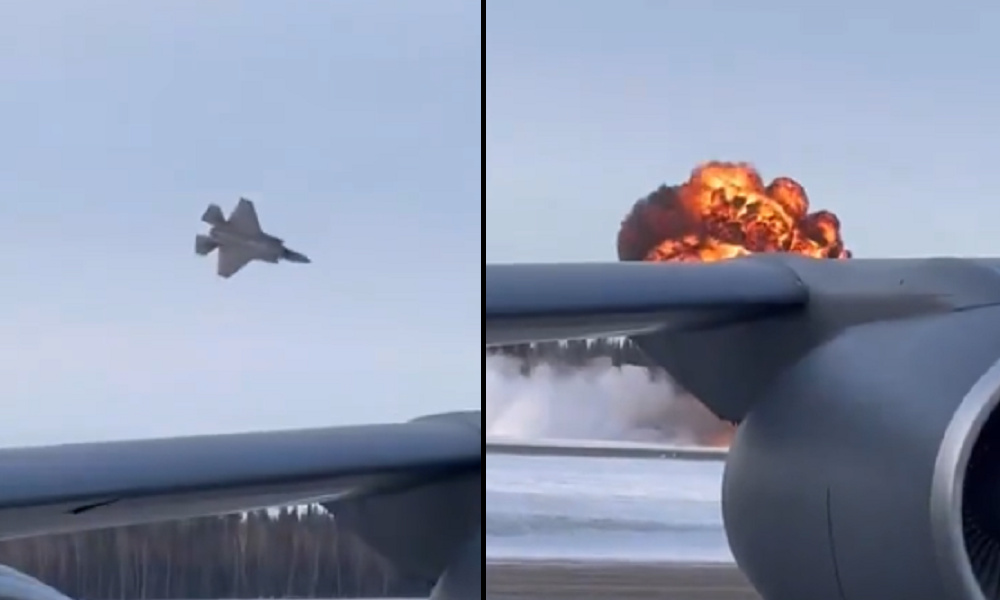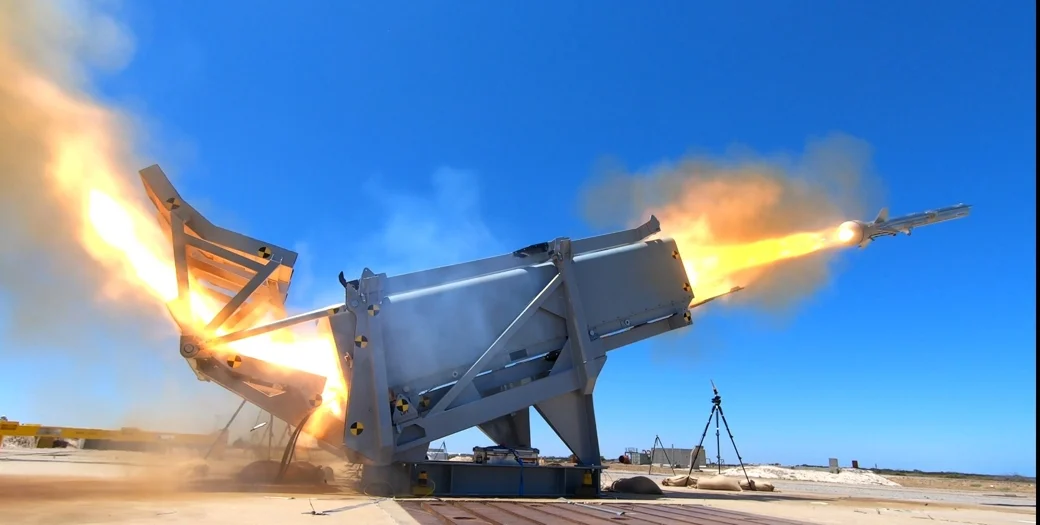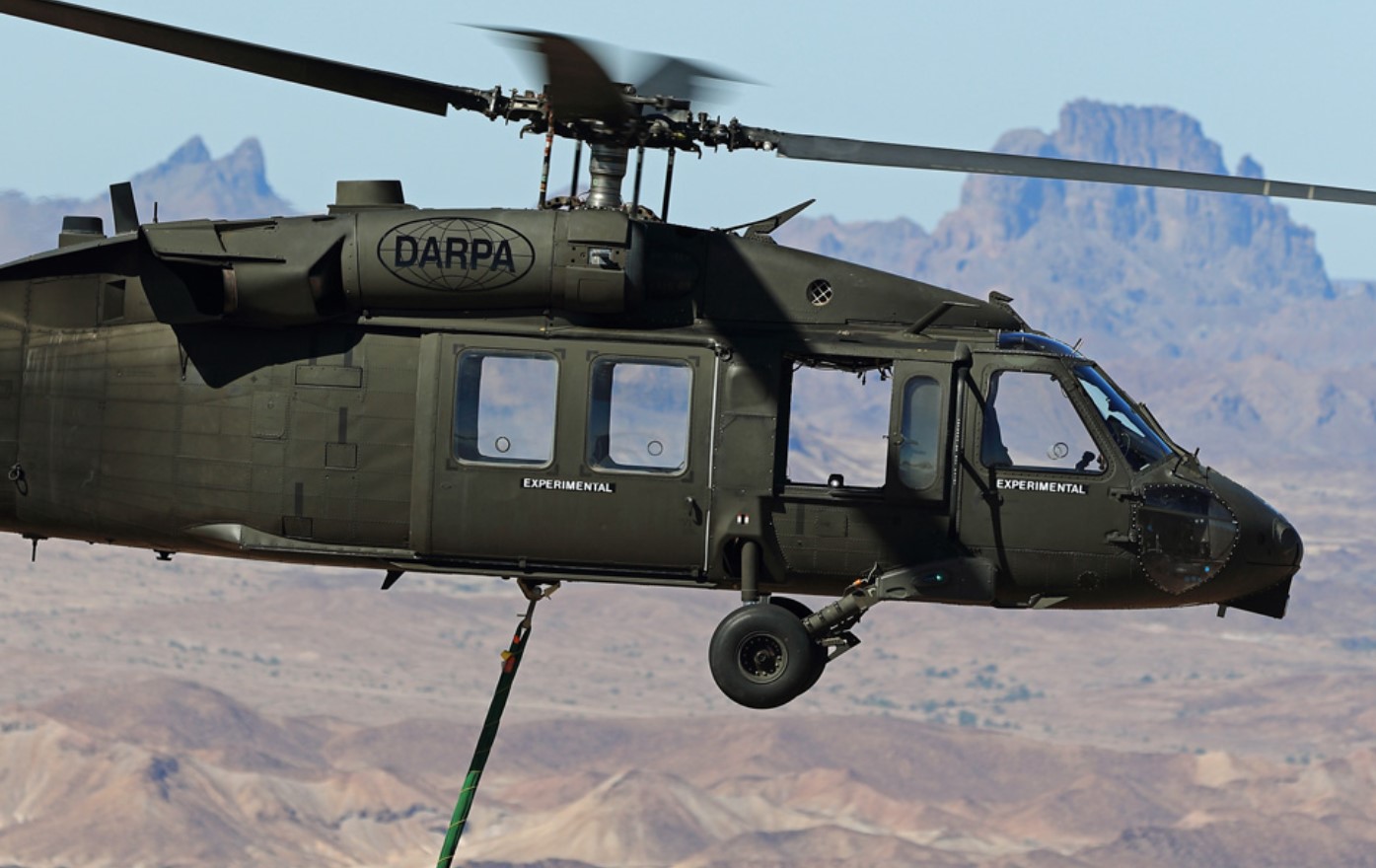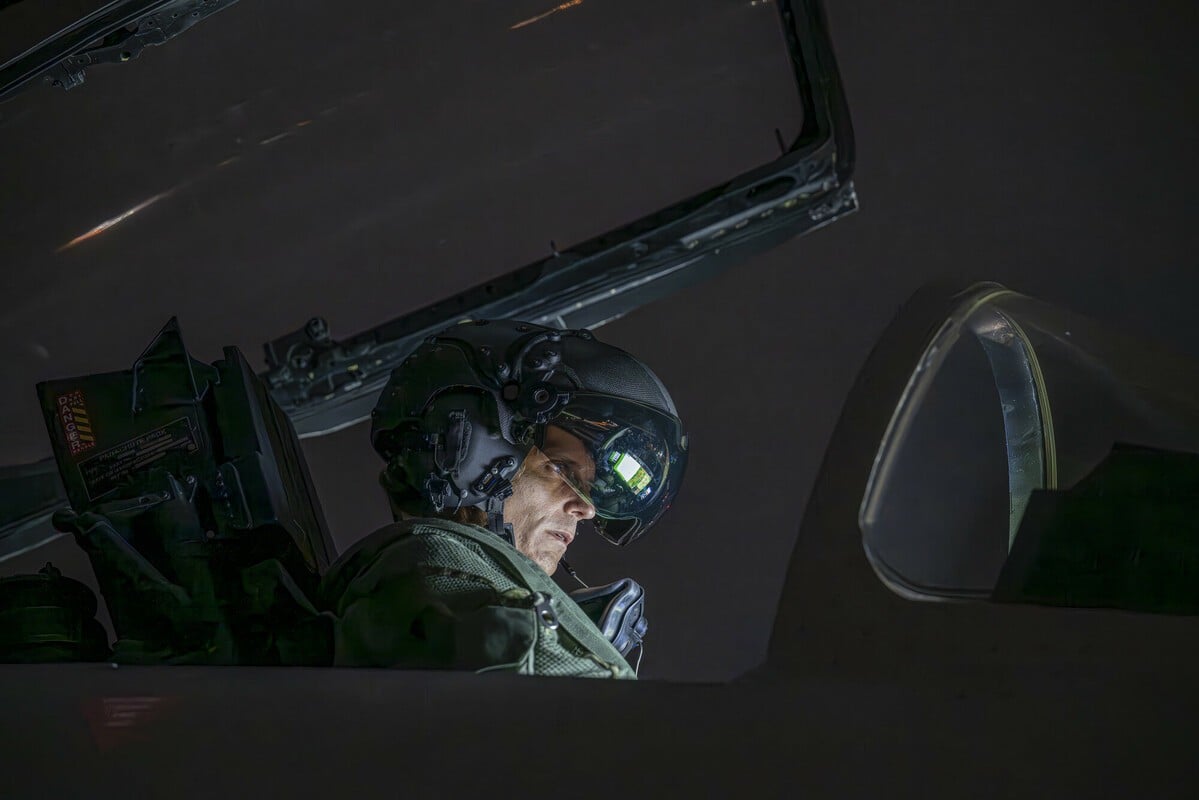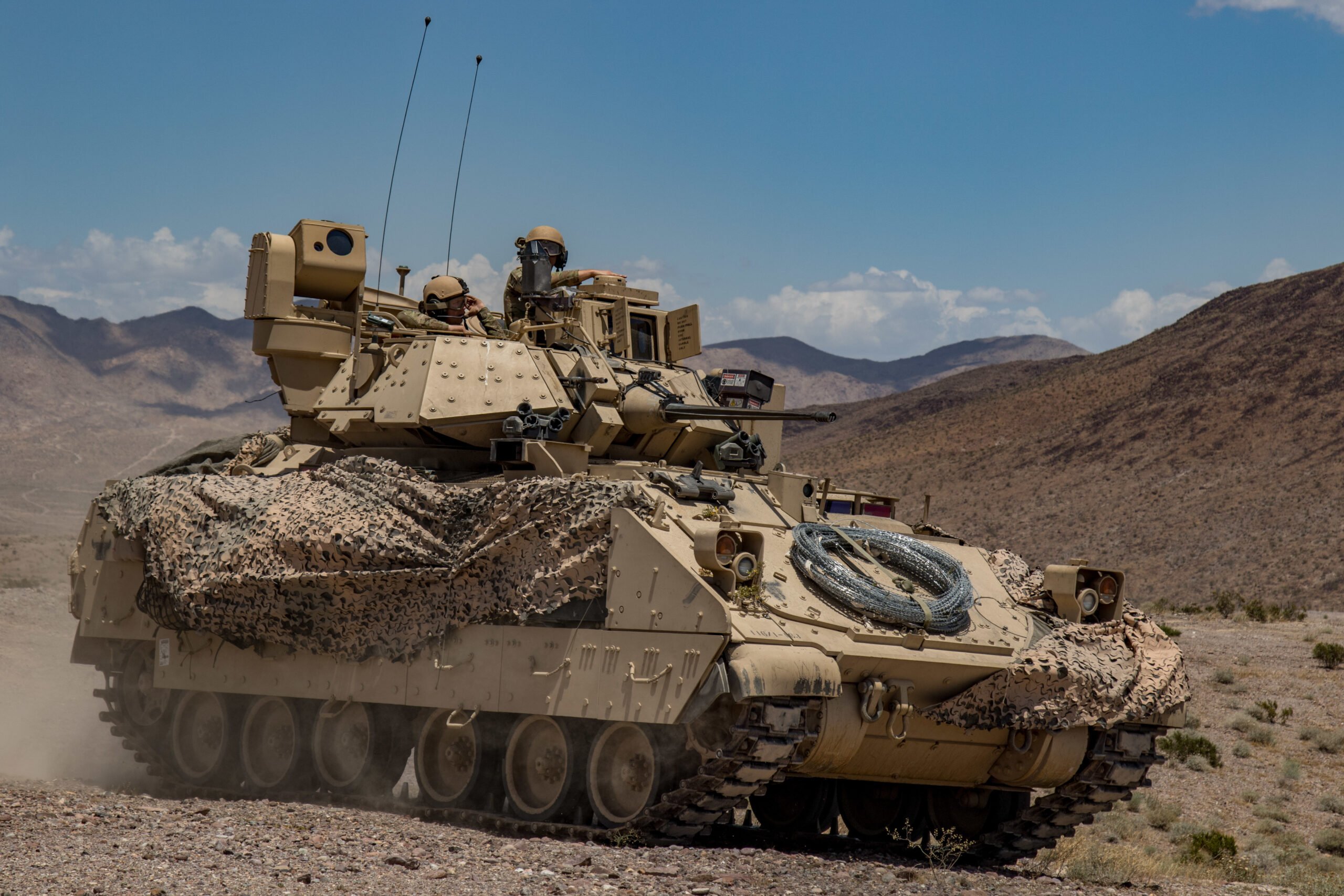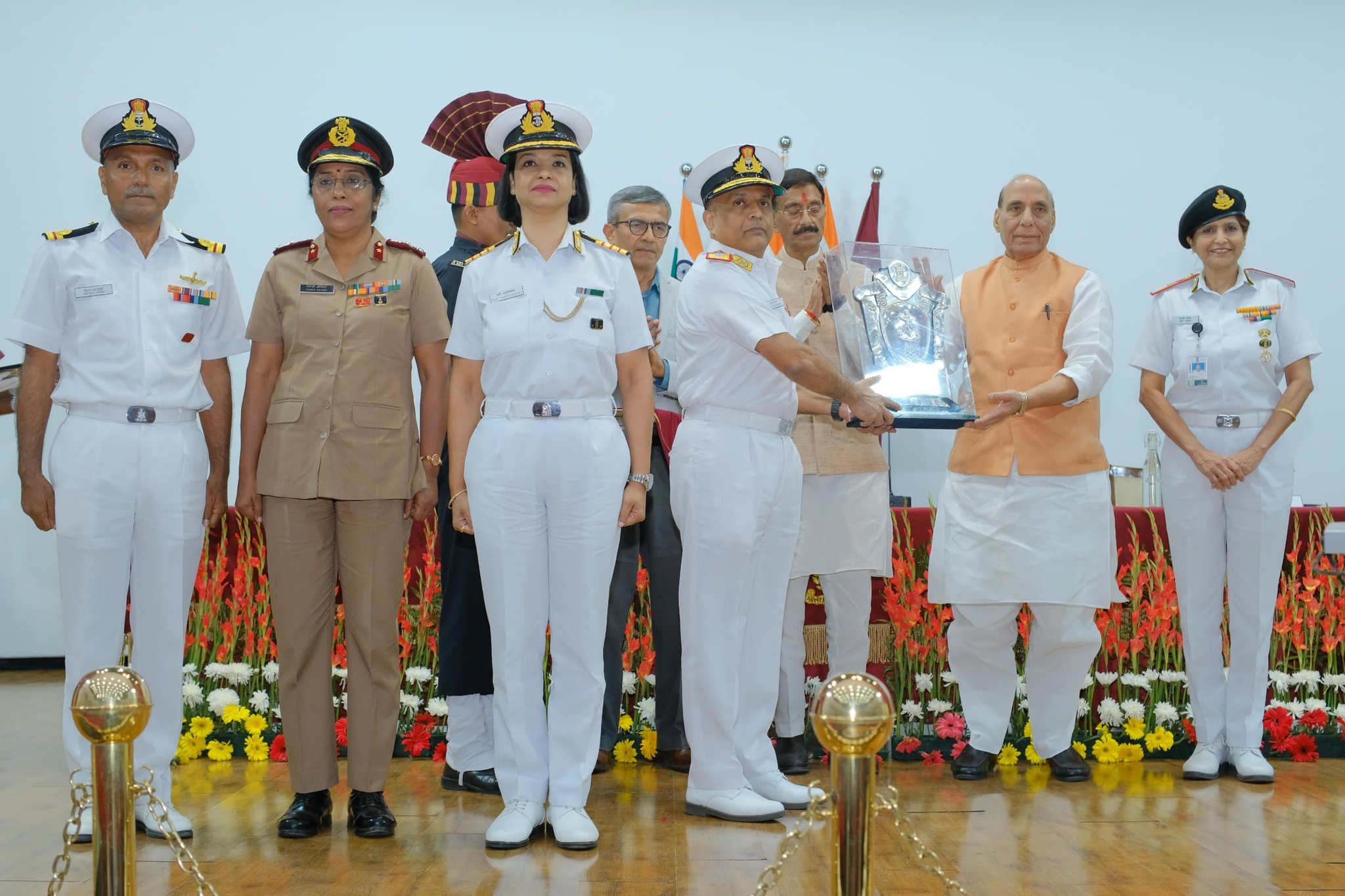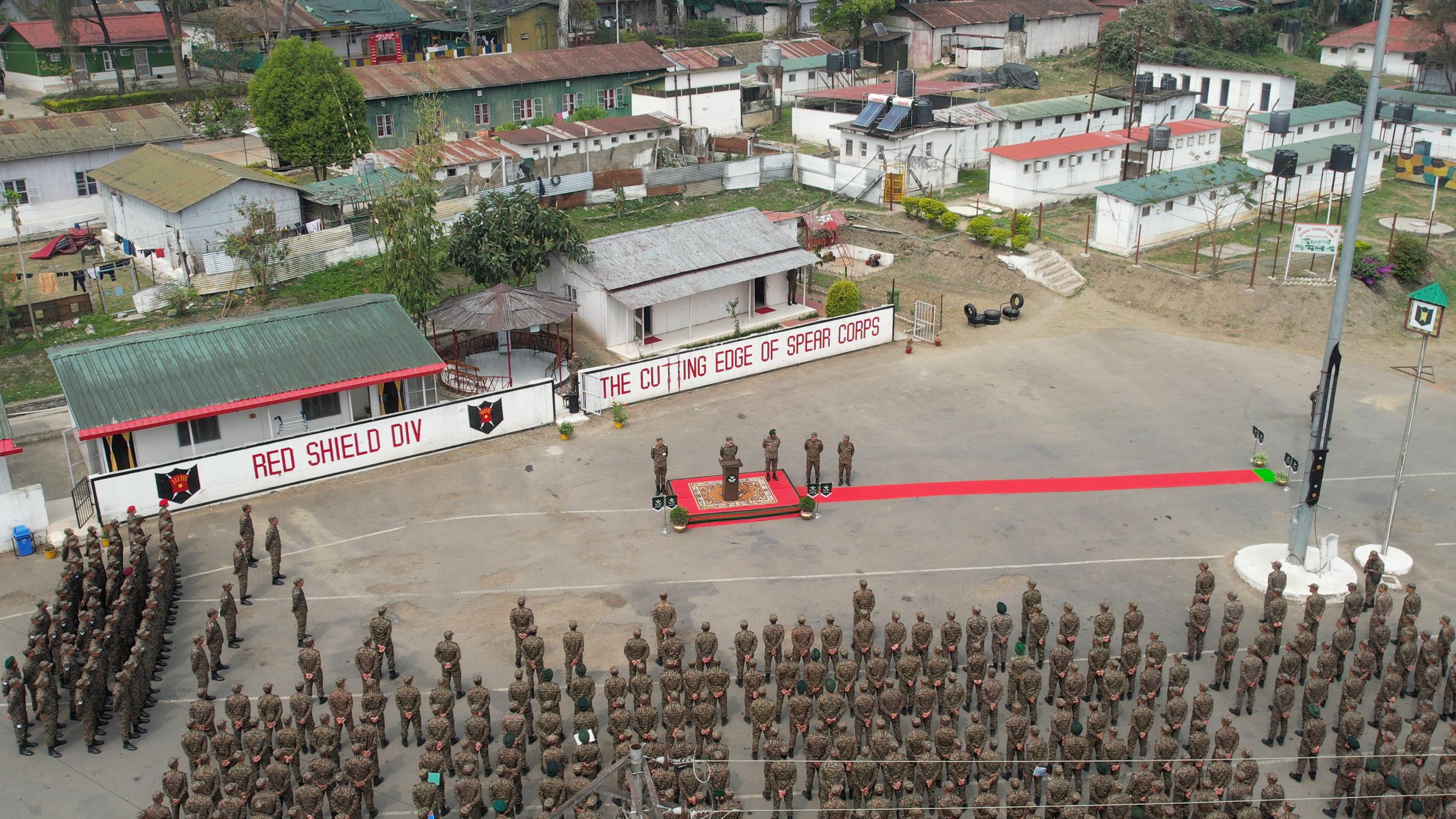The US Navy is set to temporarily suspend operations of more than a dozen support vessels amid an ongoing manpower shortage that has become increasingly challenging for the service. Rear Admiral Philip Sobeck, the Chief of Military Sealift Command (MSC), shared insights about this critical decision during a press briefing last week. He stated that this pause aims to alleviate operational strain and enhance conditions for the workforce tasked with these demanding roles.
Currently, the mariner-to-billet ratio for the Navy’s logistics and support vessels is notably low, sitting at a worrying 1.27. This statistic translates to only 27 personnel being available for rotation per every 100 sailors, which has placed significant pressure on the crew. To counter this issue, the Navy plans to sideline 17 vessels, a move expected to increase the mariner pool by approximately 700 personnel. If successful, this would raise the ratio to a more manageable 1.75 mariners per billet, allowing for improved crew rotations. Mariner deployments often stretch to four months at sea followed by just one month of shore leave, a cycle that has proven to be unsustainable.
“The operational tempo has just gone to a point where we have to do something different,” Sobeck remarked, emphasizing the urgency of the situation. The objective behind this operational pause is clear: to rebuild the mariner pool and restore foundational operational capabilities.
Although Sobeck did not provide a specific timeline for how long the vessels would remain docked, he indicated that the implementation of this strategy would unfold over the next two years. The ships impacted by this decision include forward-deployed expeditionary sea bases, Spearhead-class expeditionary fast transports, and T-AGOS surveillance ships. Additionally, operations of T-AKE dry cargo and ammunition ships, along with fleet replenishment oilers, will also come to a halt during this period.
The suspension of these vessels has raised concerns within the US Marine Corps (USMC), given that 16 of the 17 sidelined ships are crucial for USMC operations. A USMC official expressed worry about the potential implications this decision could have on Marine capabilities, particularly regarding sea-based transportation, basing, and support during a critical time for training and readiness. The official emphasized the need for these ships to ensure the effectiveness of Marine stand-in forces and Marine Expeditionary Units, particularly in light of strategic priorities that demand robust logistical support.

